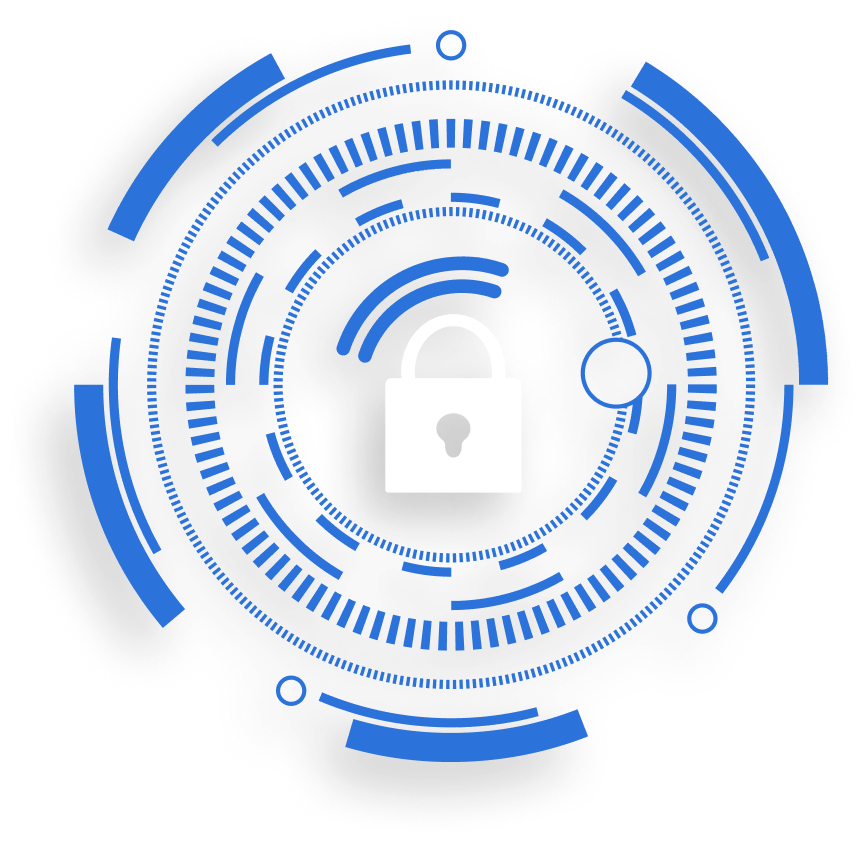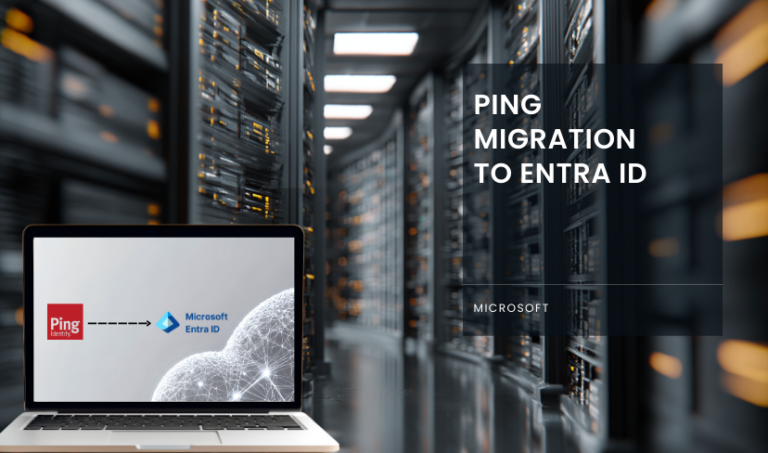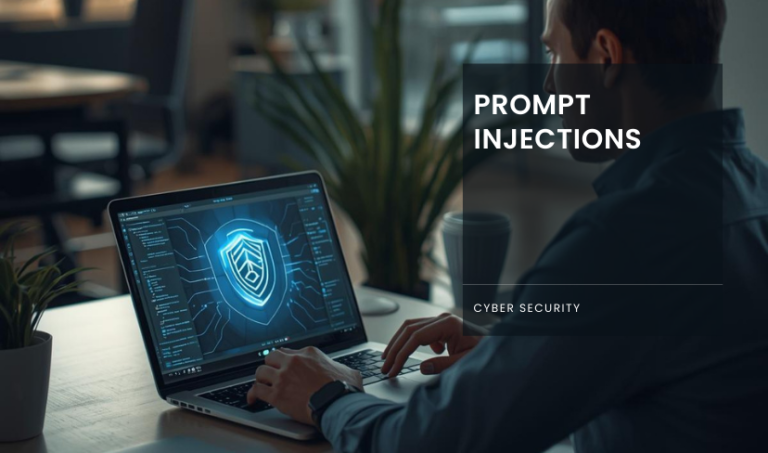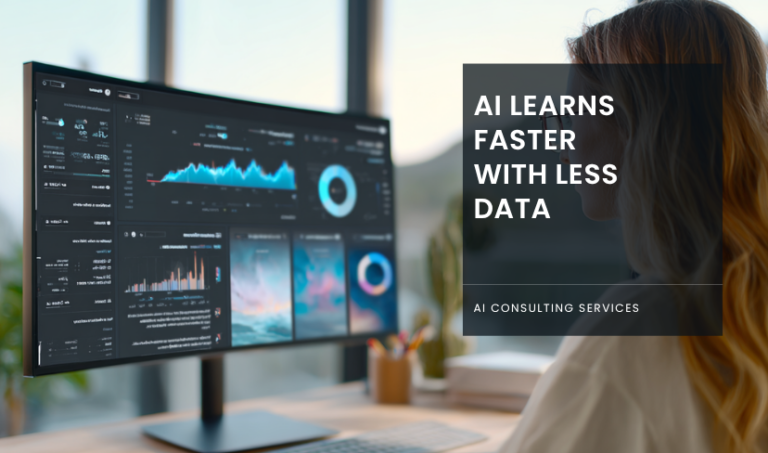Written by KRITIKA SINHA | MARKETING
Imagine discovering that your company’s sensitive data has been compromised, not because of your internal security lapses, but due to vulnerabilities in a trusted third-party vendor.
In an era where outsourcing and partnerships are essential, this is a nightmare scenario many businesses face. Third-party cybersecurity risks have become one of the most critical threats, often leading to severe data breaches and financial losses. In this blog, we’ll explore how continuous monitoring can serve as a proactive defence against these hidden dangers, covering everything from real-time risk assessment to compliance strategies, and how Transputec can help secure your vendor relationships.
Third-Party Data Breaches: A Hidden Threat to Your Business
Transputec provides continuous monitoring services to keep tabs on the security postures of an organisation’s vendors and partners.
In the event of a third-party security incident, Transputec offers robust incident response services with 24/7 monitoring and alerting for rapid detection, predefined incident response procedures, and expert guidance to contain and mitigate the impact of breaches.
Why Are Third-Party Cybersecurity Risks So Critical?
When you engage with third parties, you’re essentially opening up parts of your system to an external entity. These entities may not have the same robust security policies and systems that your organisation has in place. As a result, vulnerabilities in their cybersecurity posture can expose your business to risks.
Take Target’s infamous 2013 breach, for example. Hackers infiltrated their system by exploiting weaknesses in a third-party vendor’s network. This led to the exposure of 40 million credit card numbers and cost the company millions in fines and damage control.
For businesses, the need to continuously monitor third-party cybersecurity risks cannot be overstated. When left unchecked, these risks can have serious implications for your business. And with 60% of breaches being linked to third-party vendors, it’s a danger no company can afford to ignore.
“With over 35 years of experience, we have developed proven methodologies to help organisations tackle third-party cybersecurity risks. Our continuous monitoring services offer real-time insights and ongoing evaluations of your vendors’ security postures. Whether you’re concerned about third-party data breaches or regulatory compliance, our solutions offer comprehensive protection."
The Role of Continuous Monitoring in Managing Third-Party Cybersecurity Risks
Traditional point-in-time security audits are no longer sufficient. Cyber threats evolve quickly, and a one-time audit only gives you a snapshot of your third-party’s security posture at that particular moment. By contrast, continuous monitoring ensures that you have real-time insights into third-party risks, enabling you to respond proactively.
Here’s why continuous monitoring is indispensable:
1. Real-Time Threat Detection
With continuous monitoring, you get real-time alerts whenever a vulnerability is detected in your third-party partners. These can include unauthorised access attempts, changes in vendor security policies, or exposure of credentials.
2. Enhanced Risk Scoring
Continuous monitoring tools assess vendors’ cybersecurity risks on an ongoing basis, assigning a risk score to reflect their current posture. This score fluctuates based on detected vulnerabilities or improvements in security measures, allowing you to prioritise which partners need attention.
3. Improved Compliance
Many industries now mandate continuous risk management as part of compliance. Regulatory frameworks such as GDPR and HIPAA hold businesses responsible for safeguarding customer data, even when it’s shared with third parties. By monitoring third-party risks, you not only mitigate potential data breaches but also ensure compliance with industry regulations.
The Hidden Costs of Third-Party Data Breaches
The financial and reputational damages from third-party data breaches can be catastrophic. Here’s a closer look at some real-world costs:
Financial Losses: The average cost of a data breach in 2023 stood at $4.45 million globally, according to IBM’s Cost of a Data Breach Report. For breaches caused by third-party vendors, this cost tends to be even higher due to the complexity of shared networks and systems.
Reputational Damage: Data breaches lead to a loss of customer trust, and rebuilding your reputation takes time. Customers are less likely to engage with companies that have a history of data security issues.
Legal Penalties: Non-compliance with data protection regulations can result in hefty fines. For instance, GDPR violations can lead to fines of up to 4% of a company’s global annual turnover.
Proactively addressing these risks by continuously monitoring third-party cybersecurity helps businesses avoid these high costs, giving them a competitive advantage in today’s data-driven marketplace.
Protect your Business 24/7 with Transputec!
Our Managed SOC Cost Calculator estimates potential expenses for security tools and other costs based on your requirements.
Best Practices for Managing Third-Party Cybersecurity Risks
1. Vendor Risk Assessment
Before onboarding any third-party vendor, perform a detailed risk assessment. This involves reviewing the vendor’s security protocols, history of data breaches, and compliance with industry regulations.
2. Contractual Security Requirements
Include specific security requirements in your contracts with third parties. These should outline the security standards they must adhere to and the protocols they need to follow in case of a data breach.
3. Regular Audits and Reviews
Even with continuous monitoring, it’s vital to conduct periodic audits. Ensure that your vendors are maintaining up-to-date cybersecurity measures and complying with regulatory standards.
4. Training and Awareness
Educate both your internal team and third-party vendors about the importance of cybersecurity. Regular training can reduce the chances of human error leading to breaches.
Conclusion
The growing complexity of third-party relationships has made cybersecurity risks an inevitable challenge for modern businesses. However, with continuous monitoring, you can stay one step ahead of threats, reducing the risk of third-party data breaches. Transputec’s solutions offer the tools you need to keep your business safe and compliant.
Contact us today to learn how Transputec can help you manage third-party risks with real-time insights and expert cybersecurity services.

Ready to Explore How We Can Enhance Your Security Posture?
Contact us today to speak with one of our experts.
FAQs
What are third-party cybersecurity risks?
Third-party cybersecurity risks arise when vendors or service providers have access to your company’s systems or data, potentially exposing your business to security threats due to vulnerabilities in their networks.
How can third-party data breaches affect my business?
Third-party data breaches can lead to financial losses, reputational damage, and legal penalties. Since your business is responsible for safeguarding customer data, even when it’s handled by a third party, these breaches can have significant consequences.
What is continuous monitoring in cybersecurity?
Continuous monitoring involves real-time tracking and analysis of a third-party vendor’s cybersecurity posture. This approach helps detect potential vulnerabilities or threats, allowing businesses to respond quickly and prevent data breaches.
How does Transputec’s solution help with third-party cybersecurity risks?
Transputec’s continuous monitoring solutions provide real-time insights into third-party vendor risks. We use advanced tools to evaluate vendor networks, assign risk scores, and help businesses maintain compliance with industry regulations.
Why are point-in-time audits not enough to manage third-party cybersecurity risks?
Point-in-time audits provide only a snapshot of a vendor’s cybersecurity posture, leaving businesses vulnerable to risks that may arise afterwards. Continuous monitoring offers ongoing assessments, making it a more effective approach for mitigating third-party cybersecurity risks.




